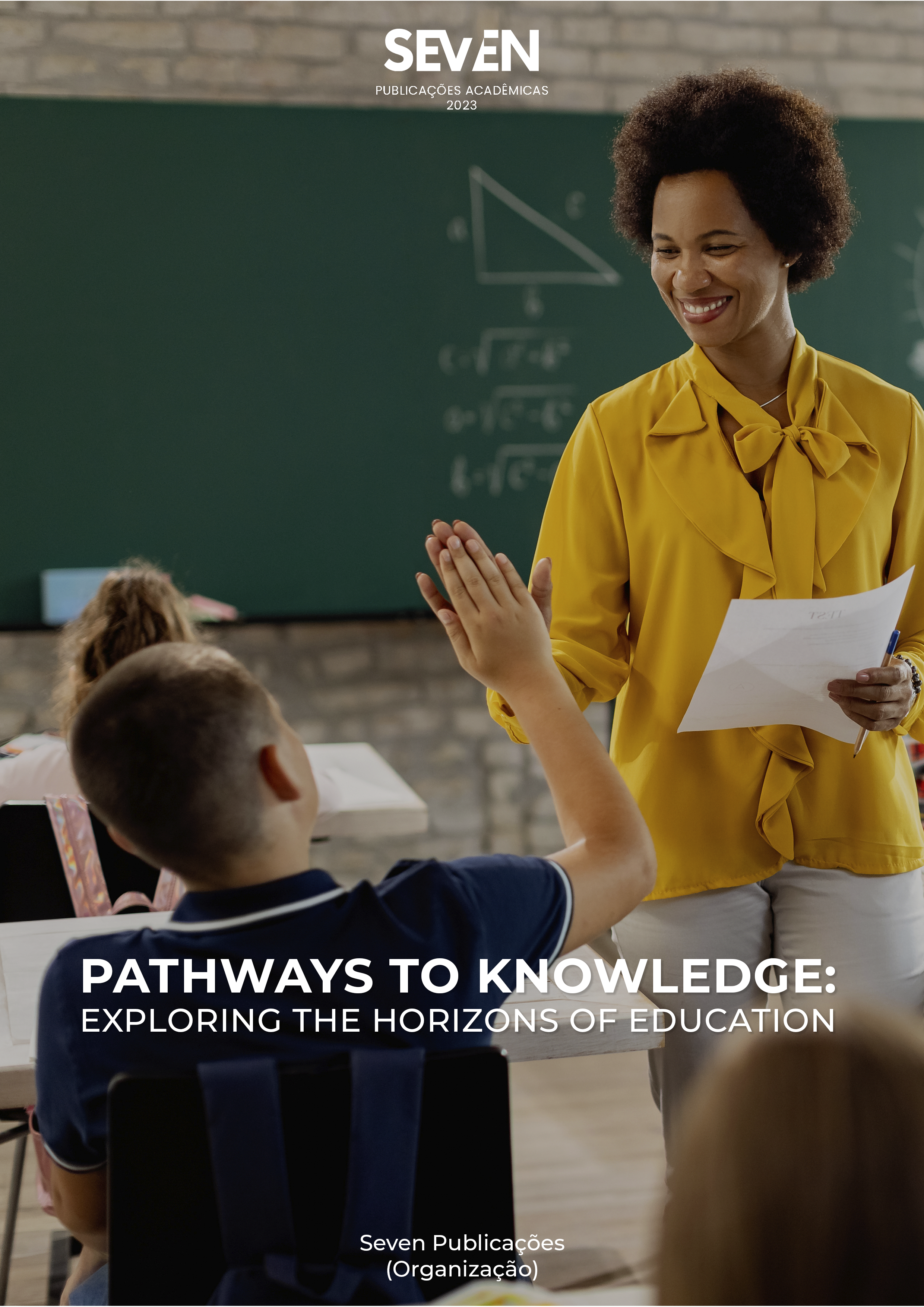The audiovisual culture gap in basic education in Mexico
Palavras-chave:
Audiovisual culture, Audiovisual education, Poverty, Inequality, MarginalizationResumo
Currently, in Mexico there are 44,861.2 inhabitants in moderate poverty and 10,793.0 in extreme poverty, belonging to these marginalized groups limits access to basic services and generates a gap in access to technologies and audiovisual media that have become, along with the internet, in new ways of entering and interacting in social contexts, as well as joining the workplace. In this context, audiovisual education is presented as a growing need that would reduce the economic fissure of marginalized populations, incorporating them into labor competitiveness. At the same time it becomes an obligation given the rapid evolution of media in analog, digital and virtual environments. With the general objective of analyzing and exposing the relationship between the lack of audiovisual education and poverty in Mexico, this exploratory article makes visible the paradoxes of access to tools that would allow an adequate incorporation of audiovisual education as a way to improve the quality of life and achieve the welfare state.
Downloads
Arquivos adicionais
Publicado
Edição
Seção
Licença
Copyright (c) 2023 Virginia Medina Ávila, Azucena Mecalco López

Este trabalho está licenciado sob uma licença Creative Commons Attribution-NonCommercial 4.0 International License.





